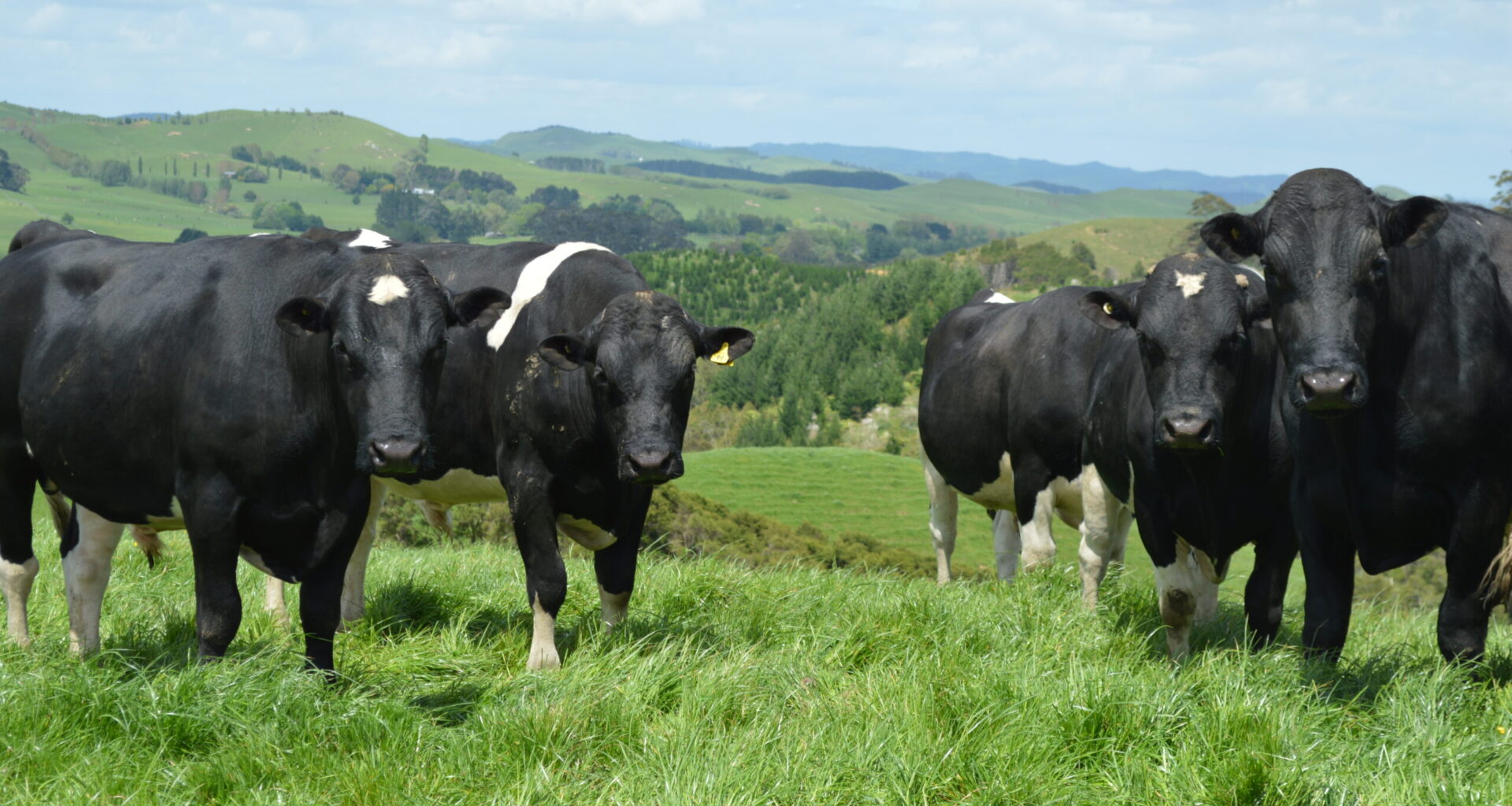Reading Time: 2 minutes
Early feedback shows strong interest in Beef + Lamb New Zealand’s nProve Beef genetics tool, confirming its value in helping farmers make better on-farm breeding decisions.
From March to June, sessions on the nProve platform surged by 76% compared to the same period last year, up from 5069 to 8902.
This growth is almost entirely due to the launch of nProve Beef, which attracted 3800 sessions, making up 41% of total traffic.
The tool is a key output of the Informing New Zealand Beef (INZB) programme, which aims to enable the uptake of improved genetics across the beef industry by providing farmers with practical tools tailored to New Zealand farming systems.
The programme is a seven-year partnership between Beef + Lamb New Zealand (BLNZ) and the Ministry for Primary Industries’ Sustainable Food and Fibre Futures fund, focused on building a sustainable future for New Zealand’s beef sector.
The programme is investing in new genetic evaluation tools, data systems and extension to increase the rate of genetic gain and help farmers select animals that perform well in New Zealand conditions.
BLNZ general manager of farming excellence Dan Brier said response to nProve Beef has exceeded expectations.
“It confirms that there’s strong demand among farmers for tools that take the guesswork out of bull selection and help build more productive, profitable and resilient beef herds.
“Farmers are not just clicking in; they’re staying on the site. The average session duration exceeds six minutes, highlighting real engagement with the tool.”
The rapid adoption of nProve Beef demonstrates a strong appetite among commercial beef farmers and bull breeders while the use of the original nProve Sheep tool has remained steady, he said.
“Genetics are a key lever for long-term change. The annual decision of which sires to buy impacts the production and profit of a farm for many years.
“By making powerful tools like nProve accessible to farmers, we’re helping to accelerate that change and build a more productive, efficient and environmentally sustainable beef industry,” Brier said.
The top five regions for using the tool are greater Auckland, Canterbury, greater Wellington, Manawatū-Whanganui and Otago.
